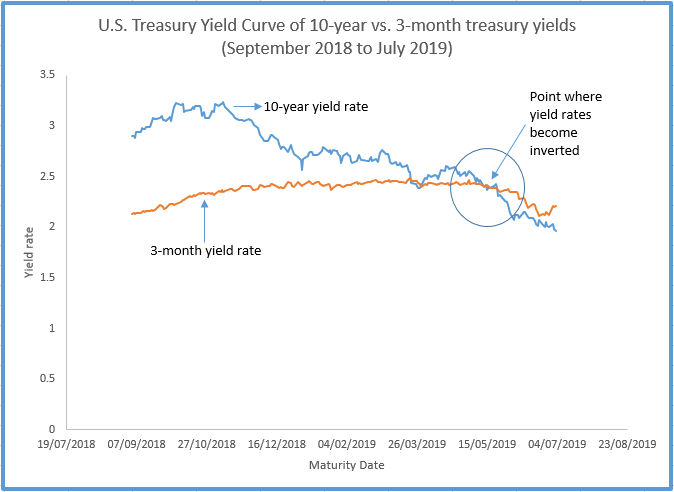Covid-19 Recession Will Be Worse Than Expected, Predicts ...
The COVID-19 pandemic will slow growth for the next numerous years. There are other long-lasting patterns that likewise affect the economy. From severe weather to rising healthcare costs and the federal debt, here's how all of these patterns will impact you. In simply a couple of months, the COVID-19 pandemic annihilated the U.S.
In the very first quarter of 2020, growth decreased by 5%. In the second quarter, it dropped by 31. 4%, but then rebounded in the third quarter to 33. 4%. In April, throughout the height of the pandemic, retail sales plummeted 16. 4% as guvs closed nonessential services. Furloughed workers sent the number of out of work to 23 million that month.
7 million. The Congressional Budget Office (CBO) predicts a customized U-shaped recovery. The Congressional Budget Office (CBO) anticipated the third-quarter data would improve, however not adequate to offset earlier losses. The economy will not return to its pre-pandemic level until the middle of 2022, the company forecasts. Regrettably, the CBO was right.
4%, but it still was insufficient to recuperate the prior decline in Q2. On Oct. 1, 2020, the U.S. financial obligation surpassed $27 trillion. The COVID-19 pandemic contributed Look at more info to the financial obligation with the CARES Act and lower tax revenues. The U.S. debt-to-gross domestic product ratio rose to 127% by the end of Q3that's much greater than the 77% tipping point advised by the International Monetary Fund.
Next Financial Crisis (How And When It Will Happen According To ...
Greater rate of interest would increase the interest payments on the financial obligation. That's unlikely as long as the U.S. economy remains in recession. The Federal Reserve will keep rate of interest low to spur development. Disputes over how to decrease the debt may translate into a financial obligation crisis if the debt ceiling needs to be raised.
Social Security pays for itself, and Medicare partly does, a minimum of for now. As Washington battles with the best way to address the debt, unpredictability develops over tax rates, advantages, and federal programs. Services respond to this http://marcoruse848.theburnward.com/historian-who-predicted-2008-crisis-warns-the-next unpredictability by hoarding cash, working with temporary rather of full-time employees, and delaying major investments.
It could cost the U.S. government as much as $112 billion annually, according to a report by the U.S. Federal Government Responsibility Office (GAO). The Federal Reserve has alerted that climate modification threatens the financial system. Severe weather condition is forcing farms, energies, and other companies to declare personal bankruptcy. As those borrowers go under, it will harm banks' balance sheets similar to subprime mortgages did throughout the financial crisis.
 The Predicted 2020 Global recession ...truepublica.org.uk
The Predicted 2020 Global recession ...truepublica.org.uk
Munich Re, the world's biggest reinsurance firm, cautioned that insurance coverage companies will have to raise premiums to cover higher expenses from severe weather condition. That might make insurance too costly for many people. Over the next few years, temperatures are anticipated to increase by in between 2 and 4 degrees Fahrenheit. Warmer summers mean more devastating wildfires.
How To Predict The Next Financial Crisis - The Atlantic
Higher temperatures have even pressed the dry western Plains region 140 miles eastward. next financial crisis prediction As a result, farmers utilized to growing corn will need to switch to hardier wheat. A shorter winter season indicates that many pests, such as the pine bark beetle, don't die off in the winter. The U.S. Forest Service approximates that 100,000 beetle-infested trees might fall daily over the next 10 years.
Droughts kill off crops and raise beef, nut, and fruit prices. Countless asthma and allergic reaction victims need to pay for increased health care costs. Longer summertimes lengthen the allergic reaction season. In some areas, the pollen season Great site is now 25 days longer than in 1995. Pollen counts are projected to more than double between 2000 and 2040.